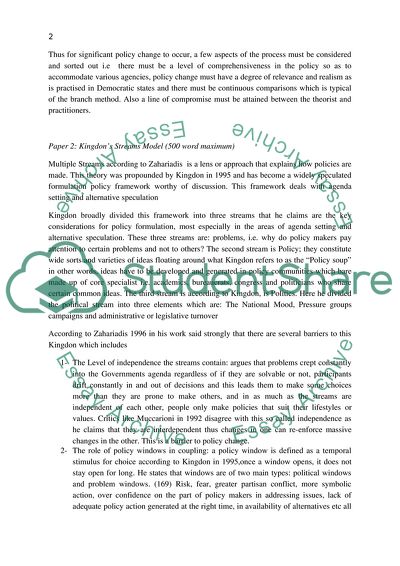Cite this document
(“Public Policy Formation and Analysis Assignment - 2”, n.d.)
Public Policy Formation and Analysis Assignment - 2. Retrieved from https://studentshare.org/politics/1747717-public-policy-formation-and-analysis
Public Policy Formation and Analysis Assignment - 2. Retrieved from https://studentshare.org/politics/1747717-public-policy-formation-and-analysis
(Public Policy Formation and Analysis Assignment - 2)
Public Policy Formation and Analysis Assignment - 2. https://studentshare.org/politics/1747717-public-policy-formation-and-analysis.
Public Policy Formation and Analysis Assignment - 2. https://studentshare.org/politics/1747717-public-policy-formation-and-analysis.
“Public Policy Formation and Analysis Assignment - 2”, n.d. https://studentshare.org/politics/1747717-public-policy-formation-and-analysis.


